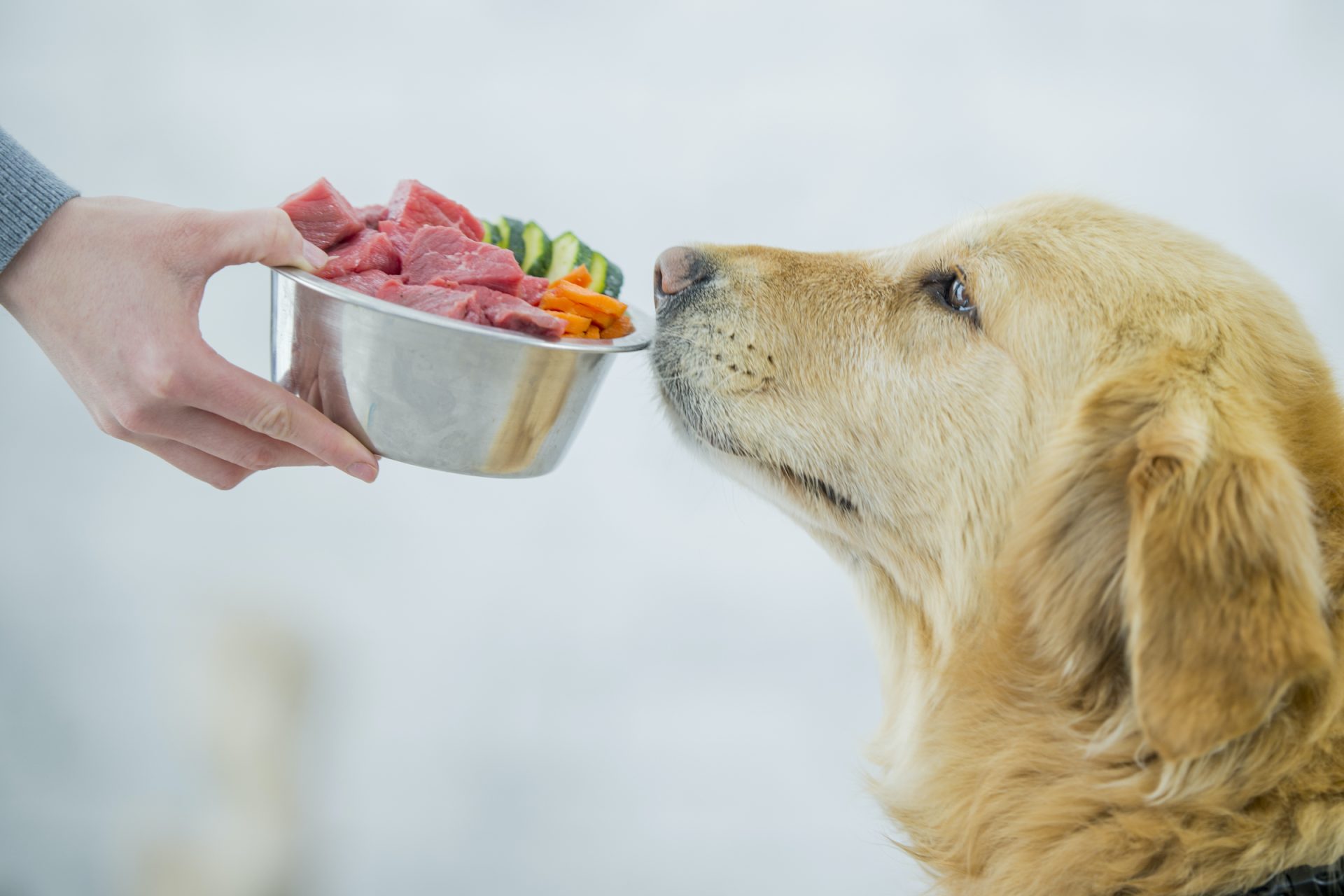Dog Food
Dog food is a critical component of a dog’s health and well-being. It provides the necessary nutrients, vitamins, and minerals that a dog needs to maintain optimal health. There are various types of dog food available, including dry kibble, wet canned food, semi-moist food, and raw food. Each type has its advantages and disadvantages, and it’s essential to choose the right food for your dog based on their individual needs and preferences.
Dry kibble is one of the most common types of dog food. It is convenient, easy to store, and has a long shelf life. Dry kibble also helps to keep a dog’s teeth clean and healthy by reducing the build-up of plaque and tartar. However, not all dry kibble is created equal, and it’s important to choose a high-quality brand that provides complete and balanced nutrition for your dog.
Wet canned food is another popular type of dog food. It is typically more palatable and easier to digest than dry kibble, making it an excellent choice for dogs with sensitive stomachs. Wet canned food also provides a higher moisture content, which can help keep dogs hydrated, especially those that don’t drink enough water. However, wet canned food can be more expensive than dry kibble, and it doesn’t have the same teeth-cleaning benefits.

Semi-moist food is a type of dog food that has a texture somewhere between dry kibble and wet canned food. It is convenient and easy to store, like dry kibble, but has a higher moisture content and is typically more palatable. However, semi-moist food can be high in sugar and preservatives, which can be harmful to dogs in large quantities.
Raw food is a controversial type of dog food that involves feeding dogs a diet of raw meat, bones, and vegetables. Supporters of raw food diets claim that it provides a more natural and healthier diet for dogs, while critics argue that it can be dangerous due to the risk of bacterial contamination and a lack of complete and balanced nutrition. If you choose to feed your dog a raw food diet, it’s essential to research and consult with a veterinarian to ensure that it provides all the necessary nutrients.
When choosing a dog food, it’s essential to read the label carefully and look for brands that provide complete and balanced nutrition for your dog’s specific life stage and activity level. Look for ingredients that are high-quality, such as whole meats, fruits, and vegetables, and avoid brands that contain fillers, by-products, and artificial preservatives.

It’s also important to pay attention to your dog’s individual needs and preferences. Some dogs may have allergies or sensitivities to certain ingredients, such as grains or chicken, and may require a specialized diet. Consult with your veterinarian if you suspect that your dog has a food allergy or sensitivity.

Dog food is a critical component of a dog’s health and well-being. It provides the necessary nutrients, vitamins, and minerals that a dog needs to maintain optimal health. There are various types of dog food available, including dry kibble, wet canned food, semi-moist food, and raw food. Each type has its advantages and disadvantages, and it’s essential to choose the right food for your dog based on their individual needs and preferences.
Dry kibble is one of the most common types of dog food. It is convenient, easy to store, and has a long shelf life. Dry kibble also helps to keep a dog’s teeth clean and healthy by reducing the build-up of plaque and tartar. However, not all dry kibble is created equal, and it’s important to choose a high-quality brand that provides complete and balanced nutrition for your dog.
Wet canned food is another popular type of dog food. It is typically more palatable and easier to digest than dry kibble, making it an excellent choice for dogs with sensitive stomachs. Wet canned food also provides a higher moisture content, which can help keep dogs hydrated, especially those that don’t drink enough water. However, wet canned food can be more expensive than dry kibble, and it doesn’t have the same teeth-cleaning benefits.
Semi-moist food is a type of dog food that has a texture somewhere between dry kibble and wet canned food. It is convenient and easy to store, like dry kibble, but has a higher moisture content and is typically more palatable. However, semi-moist food can be high in sugar and preservatives, which can be harmful to dogs in large quantities.
Raw food is a controversial type of dog food that involves feeding dogs a diet of raw meat, bones, and vegetables. Supporters of raw food diets claim that it provides a more natural and healthier diet for dogs, while critics argue that it can be dangerous due to the risk of bacterial contamination and a lack of complete and balanced nutrition. If you choose to feed your dog a raw food diet, it’s essential to research and consult with a veterinarian to ensure that it provides all the necessary nutrients.
When choosing a dog food, it’s essential to read the label carefully and look for brands that provide complete and balanced nutrition for your dog’s specific life stage and activity level. Look for ingredients that are high-quality, such as whole meats, fruits, and vegetables, and avoid brands that contain fillers, by-products, and artificial preservatives.
It’s also important to pay attention to your dog’s individual needs and preferences. Some dogs may have allergies or sensitivities to certain ingredients, such as grains or chicken, and may require a specialized diet. Consult with your veterinarian if you suspect that your dog has a food allergy or sensitivity.

conclusion
dog food is an essential aspect of a dog’s health and well-being. There are various types of dog food available, including dry kibble, wet canned food, semi-moist food, and raw food. It’s important to choose a high-quality brand that provides complete and balanced nutrition for your dog’s specific needs and preferences. Always read the label carefully and consult with your veterinarian if you have any concerns about your dog’s diet.
